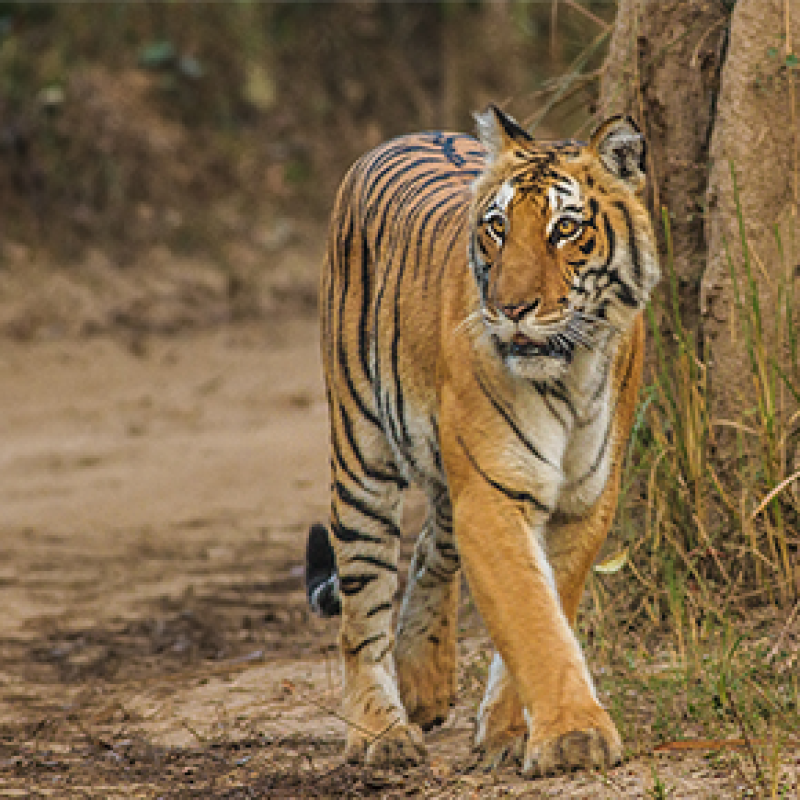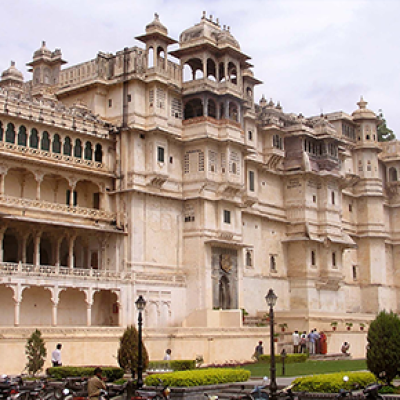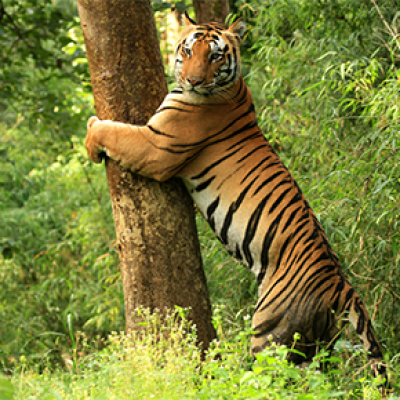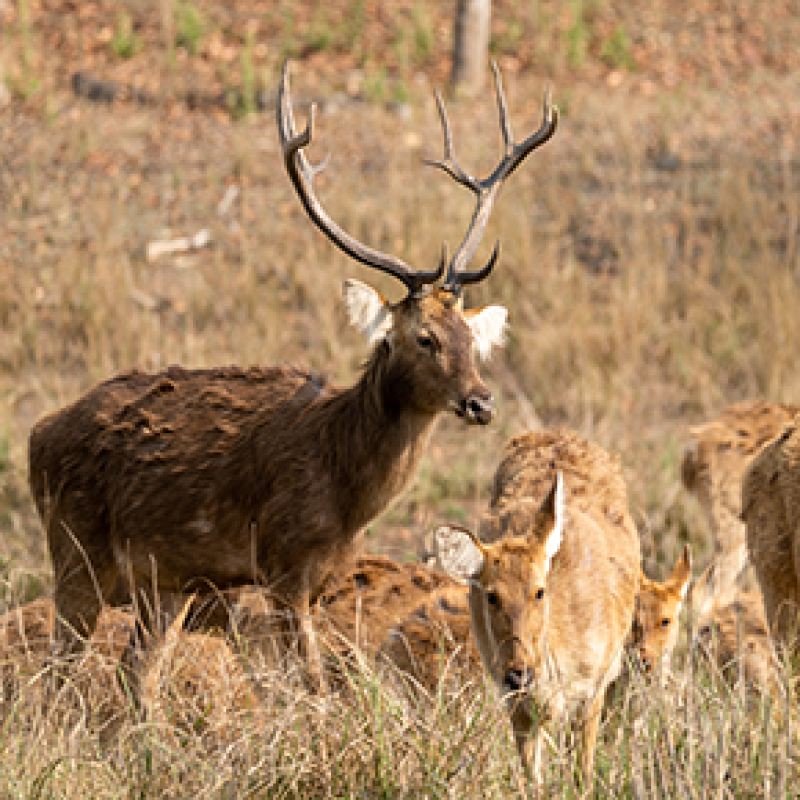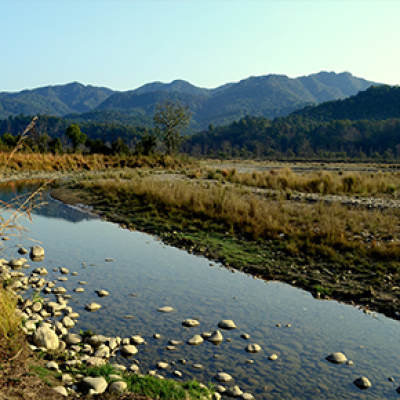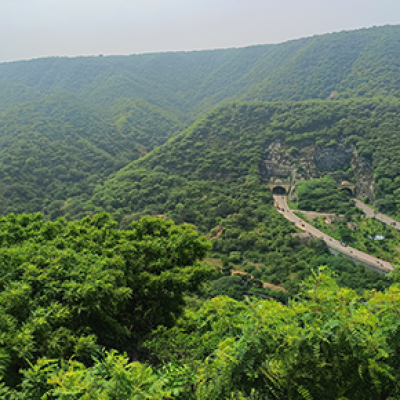- info@rifatoursindia.com
- Ranthambore National Park, Rajasthan
India is a land of remarkable diversity, offering travelers a chance to experience a rich tapestry of cultures, landscapes, and traditions. From the royal palaces of Rajasthan to the sacred ghats of Varanasi, every destination tells a unique story. Cities like Jaipur, Udaipur, and Agra captivate visitors with their historical grandeur, showcasing architectural marvels like the Hawa Mahal, City Palace, and the timeless Taj Mahal. These destinations provide an immersive glimpse into India’s regal past and cultural heritage.
Nature lovers can explore the serene beauty of Kerala's backwaters, the tea gardens of Munnar, or the snow-capped peaks of Himachal and Ladakh. For those seeking adventure, the Himalayas offer thrilling treks and river rafting, while Goa and the Andaman Islands are perfect for beach lovers and water sports enthusiasts. Wildlife sanctuaries like Ranthambore, Jim Corbett, and Kaziranga also attract eco-tourists and photographers from around the world.
The diverse topography of India comprises mountains, beaches, and deserts. The large size of the country also blesses it with different climatic conditions, which means that, while some places in India may have the mercury rising in the summers, there are some, where the weather is cool and pleasant. Therefore, the best time to travel to India depends on the places a tourist would like to visit in the country. However, it is also safe to say that the winter season (October - March) is mostly preferred by the tourists while visiting India.
For wildlife sightings, both summer (March-mid June) and winter seasons are favourable. While the winter season is best for sighting animals basking in the sun during the day time, summer is the time when they can be seen frequently paying a visit to the water holes.

